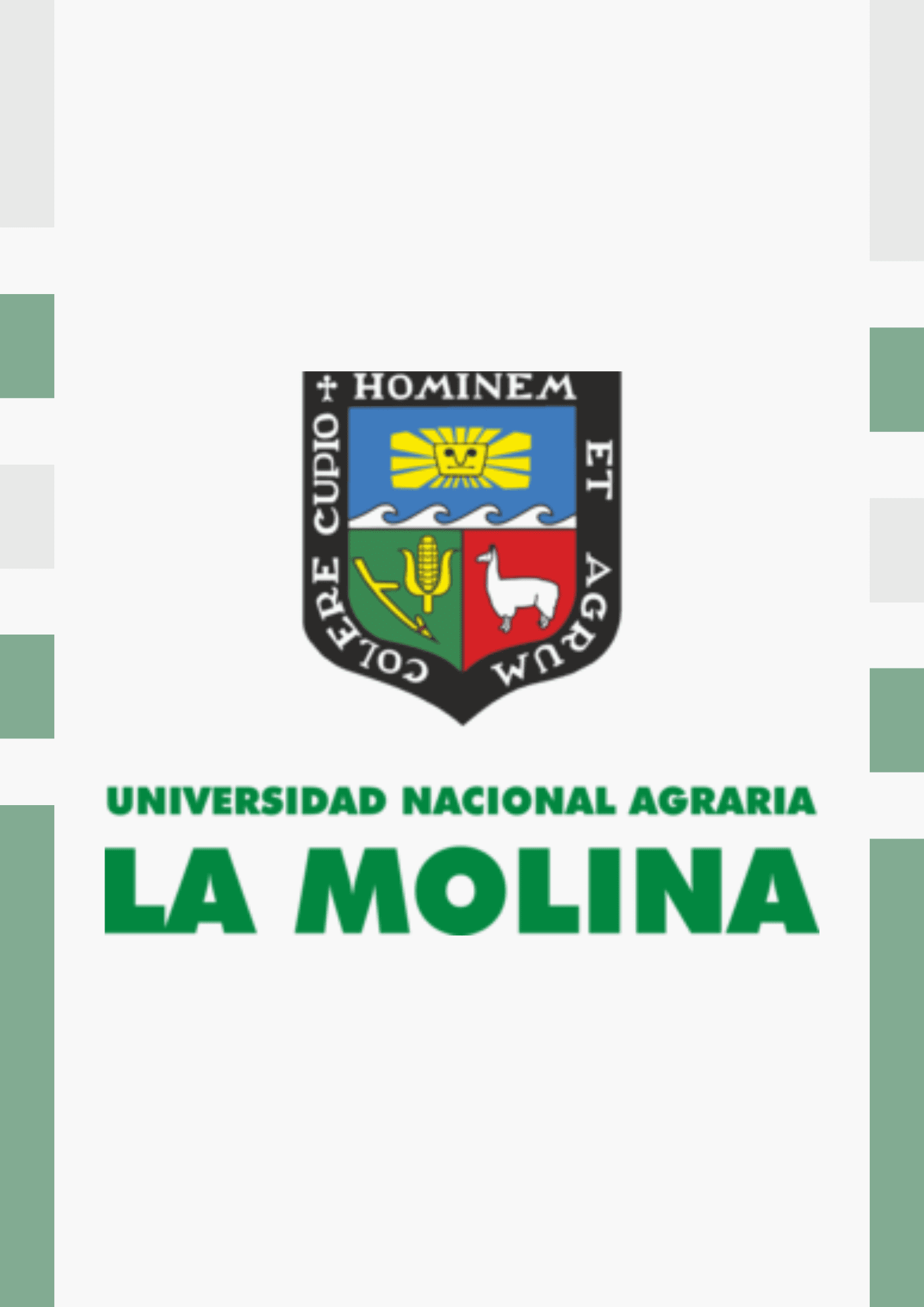Identificación de hot spots de carbono negro en la cordillera Huaytapallana con el modelo numérico WRF-CHEM
| dc.contributor.advisor | Moya Álvarez, Aldo Saturnino | |
| dc.contributor.advisor | Silva Vidal, Fey Yamina | |
| dc.contributor.author | Miranda Corzo, Andrea Ximena | |
| dc.date.accessioned | 2025-07-18T02:14:50Z | |
| dc.date.available | 2025-07-18T02:14:50Z | |
| dc.date.issued | 2025 | |
| dc.description | Universidad Nacional Agraria La Molina. Facultad de Ciencias. Departamento Académico de Ingeniería Ambiental, Física y Meteorología | |
| dc.description.abstract | La contaminación atmosférica, como el carbono negro (BC, por sus siglas en inglés), tiene un impacto negativo e irreversible en los ecosistemas criosféricos a lo largo de los Andes Centra- les del Perú (ACP). El BC, originado por emisiones permanentes (actividades antropogénicas diarias) y emisiones estacionales (quema de biomasa), se transporta hacia mayores altitudes desde ambos flancos del ACP, que, al depositarse el impacto sobre los glaciares, acelera el retroceso de la nieve y hielo, afectando la disponibilidad del recurso hídrico. Para comprender su transporte y dinámica espacio-temporal e identificar las zonas potenciales de hot spots de BC, se analizaron eventos específicos que influyeron en los niveles de contaminación de BC en la Cordillera Huaytapallana mediante simulaciones con los modelos WRF-Chem Y HYSPLIT. Además, se realizó una caracterización de las emisiones a nivel regional. Los resultados mostraron un mayor predominio de las emisiones permanentes en el flanco occidental y de emisiones estacionales en el flanco oriental, siendo JJA (junio-julio-agosto) y SON (setiembre-octubre-noviembre) donde espacialmente el BC toma mayor relevancia. Además, la circulación local y sinóptica favorecieron la llegada de BC hacia el Huaytapallana, principalmente desde el norte, sur y este. En los tres eventos analizados, se identificaron hot spots de BC provenientes de estas direcciones. En promedio, aproximadamente el 70 % de BC que llega al Huaytapallana proviene del norte, lo que lo convierte en la principal fuente de aporte. Estos hallazgos evidencian la necesidad de abordar las zonas de hot spots de BC originadas por emisiones permanentes y estacionales para mitigar su impacto en los glaciares | |
| dc.description.abstract | Atmospheric pollution, particularly black carbon (BC), has a negative and irreversible impact on cryospheric ecosystems across the Central Andes of Peru (ACP). BC, originating from both permanent emissions (daily anthropogenic activities) and seasonal emissions (biomass burning), is transported to higher altitudes from both flanks of the ACP. Once deposited on glaciers, it accelerates the retreat of snow and ice, affecting water resource availability. To un- derstand its transport, spatiotemporal dynamics, and identify potential BC hot spots, specific events that influenced BC pollution levels in the Huaytapallana Mountain Range were analy- zed using simulations with the WRF-Chem and HYSPLIT models. Additionally, a regional characterization of emissions was conducted. The results showed a greater predominance of permanent emissions on the western flank and seasonal emissions on the eastern flank, with BC gaining greater spatial relevance during JJA (June-July-August) and SON (September- October-November). Furthermore, both local and synoptic circulation patterns facilitated BC transport to Huaytapallana, mainly from the north, south, and east. In the three analyzed events, BC hot spots were identified from these directions. On average, approximately 70 % of the BC reaching Huaytapallana originates from the north, making it the primary source of contribution. These findings highlight the need to address BC hot spots resulting from both permanent and seasonal emissions to mitigate their impact on glaciers. | |
| dc.format | application/pdf | |
| dc.identifier.uri | https://hdl.handle.net/20.500.12996/7204 | |
| dc.language.iso | spa | |
| dc.publisher | Universidad Nacional Agraria La Molina | |
| dc.publisher.country | PE | |
| dc.rights | info:eu-repo/semantics/openAccess | |
| dc.rights.uri | https://creativecommons.org/licenses/by-nc/4.0/ | |
| dc.subject | Carbono negro | |
| dc.subject.ocde | Pendiente | |
| dc.title | Identificación de hot spots de carbono negro en la cordillera Huaytapallana con el modelo numérico WRF-CHEM | |
| dc.type | info:eu-repo/semantics/bachelorThesis | |
| dc.type.version | info:eu-repo/semantics/publishedVersion | |
| renati.advisor.dni | 06064168 | |
| renati.advisor.orcid | https://orcid.org/0000-0001-6048-6290 | |
| renati.advisor.orcid | https://orcid.org/0000-0003-0653-0224 | |
| renati.advisor.pasaporte | M276288 | |
| renati.author.dni | 72313938 | |
| renati.discipline | 521246 | |
| renati.juror | Ibáñez Blancas, Alexis Nicolás | |
| renati.juror | Sanabria Quispe, Janeet Margarita | |
| renati.juror | Flores Villanueva, Weidi | |
| renati.level | https://purl.org/pe-repo/renati/level#tituloProfesional | |
| renati.type | https://purl.org/pe-repo/renati/type#tesis | |
| thesis.degree.discipline | Meteorología | |
| thesis.degree.grantor | Universidad Nacional Agraria La Molina. Facultad de Ciencias | |
| thesis.degree.name | Ingeniero Meteorólogo |
Files
Original bundle
1 - 3 of 3
Loading...
- Name:
- miranda-corzo-andrea-ximena.pdf
- Size:
- 16.63 MB
- Format:
- Adobe Portable Document Format
- Description:
- Texto completo

- Name:
- Informe Turnitin.pdf
- Size:
- 5.4 MB
- Format:
- Adobe Portable Document Format
- Description:
- Informe originalidad

- Name:
- Formulario BAN.pdf
- Size:
- 2.15 MB
- Format:
- Adobe Portable Document Format
- Description:
- Autorización
License bundle
1 - 1 of 1

- Name:
- license.txt
- Size:
- 1.63 KB
- Format:
- Item-specific license agreed upon to submission
- Description:

